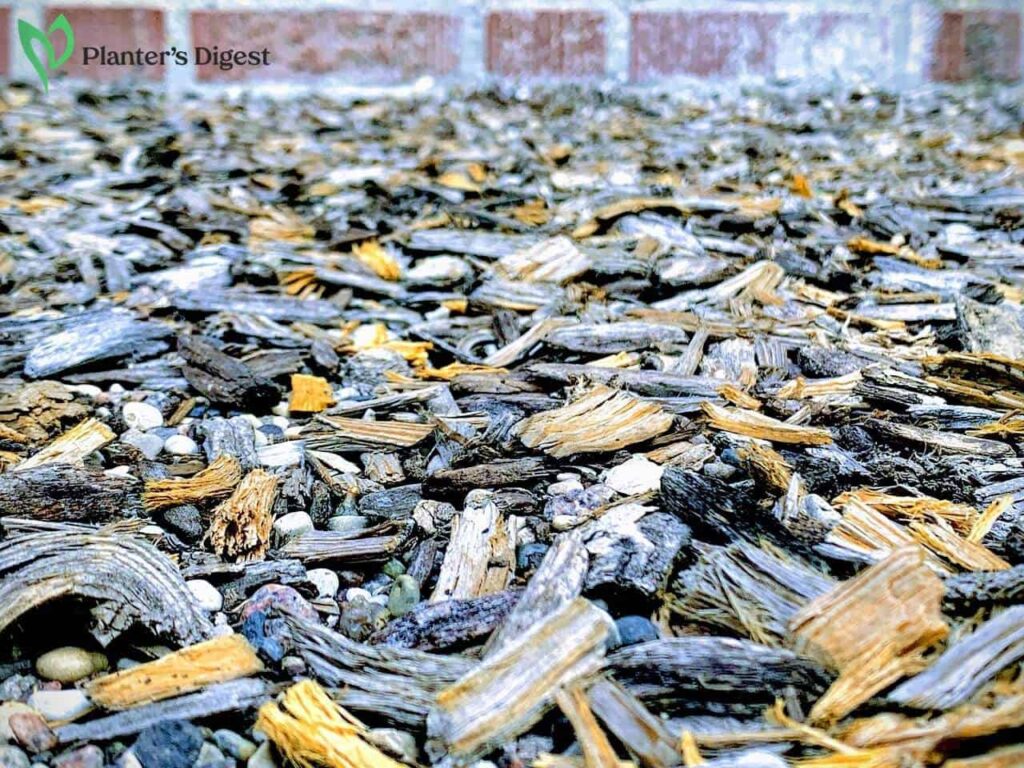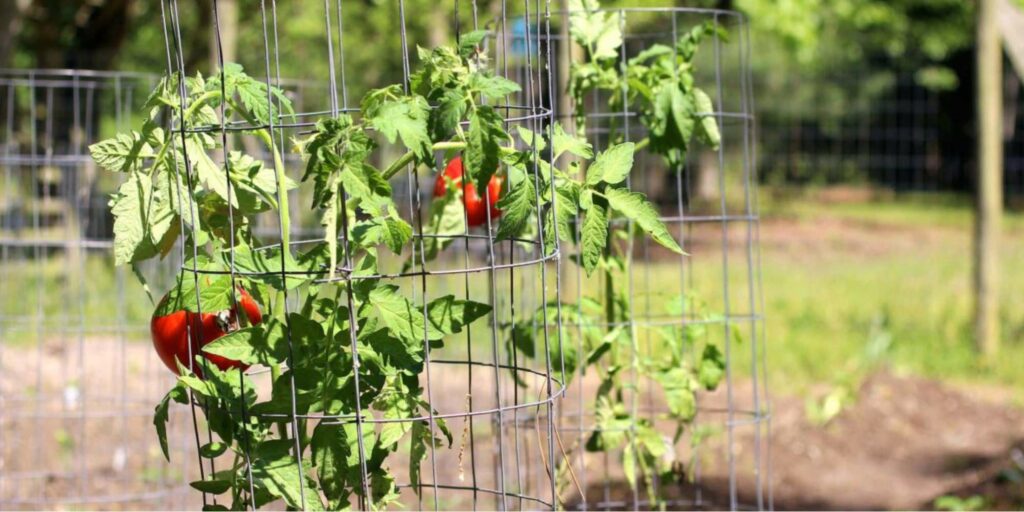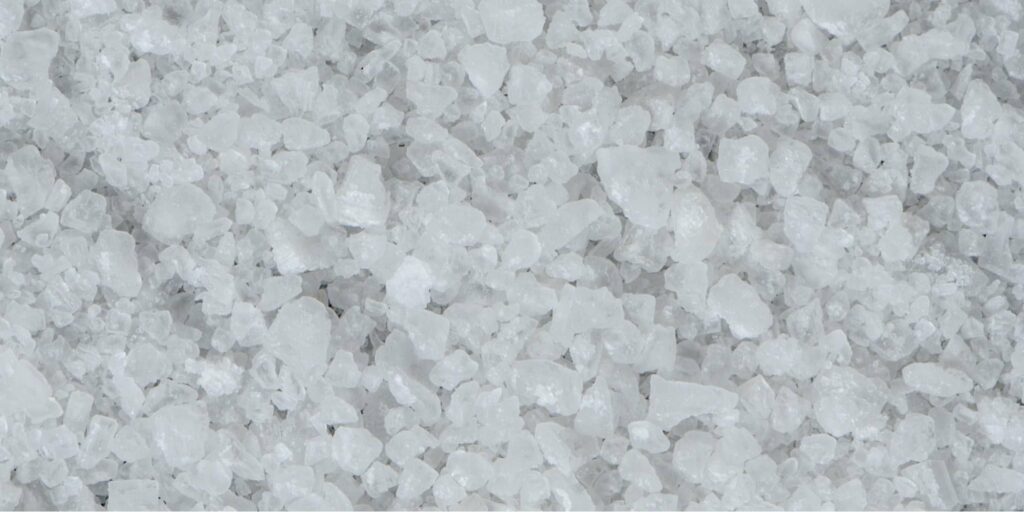Are you looking for new materials to keep your vegetable garden healthy? Try adding mulch around your plants!
Mulch is a layer of organic material placed on top of the soil or around plants to help retain moisture, suppress weed growth and improve overall soil health.
However, mulches come in different forms, so we’re here to help you choose the right mulch for your vegetable garden and warn you about the worst ones you might encounter. Read on to learn how to make your vegetable garden thrive using mulch!
8 Best Mulches for Vegetable Gardens
The best mulches you can add to your vegetable garden are compost, shredded autumn leaves, straw and hay, grass clippings, pine straw, cocoa husks, newspaper and cypress mulch.
Keep reading to learn the benefits of using each in your vegetable garden.
1. Compost
Compost is an excellent choice for mulch for vegetable gardens as they are made of organic materials such as manure, yard waste or food scraps. They do not just suppress weed growth or improve soil drainage; they also add nutrients to the soil.
You can use compost on all vegetable plants, but we recommend compost for heavy-feeder vegetables such as tomatoes and peppers.
2. Shredded Autumn Leaves
Shredded autumn leaves are easy to find and accessible. Still, they effectively prevent weed growth, improve soil drainage and add organic matter back to the soil.
We recommend shredded autumn leaves as mulch for cool-season vegetables like broccoli and lettuce.
3. Straw and Hay
Another easy-to-find and budget-friendly mulch is straw and hay. They’re incredibly lightweight, making them easy to spread in your vegetable garden.
Straw and hay also help suppress weeds and retain soil moisture. We recommend using them for root vegetables like potatoes, carrots and heavy-feeder plants like cucumbers and tomatoes.
4. Grass Clippings
After mowing your lawn, you can put those grass clippings into good use by adding them to your vegetable garden. They’re an excellent nitrogen source and help retain moisture in the soil.
We recommend using grass clippings as mulch for nitrogen-loving leafy vegetables such as kale and spinach and for vegetables that love acidic soil, like potatoes and blueberries.
5. Pine Straw
Pine straws are another excellent choice for mulch in vegetable gardens since they’re lightweight, easy to spread and do not attract pests.
We recommend using them in vegetable gardens located in hot, dry areas to help the soil retain moisture and prevent weed growth. Pine straw is best used for plants that prefer acidic or sandy soil, such as rhododendrons, blueberries, beans and carrots.
6. Cocoa Husks
Cocoa husks are organic mulches that help retain moisture and suppress weed growth while adding nutrients to the soil. What’s best about using them is that you’ll enjoy a chocolatey aroma when you spread them in your vegetable garden.
Cocoa husks are best used for vegetables that prefer acidic soil, such as peppers, tomatoes and potatoes.
7. Newspaper
Take your recycling activity to another level and use newspapers as mulch. They’re also effective in retaining moisture in the soil and suppressing weed growth by blocking sunlight.
We recommend using newspaper as mulch for tomatoes, peppers, cucumbers, squash beans, carrots and potatoes.
8. Cypress Mulch
Finally, we have cypress mulch, an excellent choice for vegetable gardens because they’re lightweight and do not attract pests, keeping your plants safe.
Cypress mulch is best used for plants that prefer neutral or slightly acidic soil, such as peppers, tomatoes, potatoes, asparagus, rhubarb, carrots, lettuce, onions, peas, spinach and turnips.
3 Worst Mulch for Vegetable Gardens
The three worst mulch you can use in a vegetable garden are gravel and pebbles, rubber and dyed mulch.
Below are reasons they’ll do more harm than good to your vegetable garden.
1. Gravel and Pebbles
Gravel and pebbles are ineffective in retaining moisture in the soil, and it can lead to stressed plants and dry soil.
They also make it difficult for water to penetrate the soil, while their sharp edges can damage plant roots and cause fatal root rot disease.
2. Rubber Mulch
Rubber is one thing that you shouldn’t recycle and reuse as mulch. They usually contain harmful chemicals that can contaminate your soil and vegetables.
Rubber mulch also traps a lot of heat that can leave your soil dry and your plants damaged and dehydrated.
3. Dyed Mulch
Dyed mulch is harmful to use in your vegetable garden because it contains harmful coloring chemicals that are toxic to plants, animals and humans. The dyes can also leach into the soil, making your vegetable plants susceptible to pests and diseases.
FAQs on Mulch for Vegetable Gardens
Compost is a type of mulch made of organic materials such as manure and food scraps. They are effective in retaining moisture in the soil, suppressing weed growth and adding nutrients that improve the soil’s overall health.
Manure can be used as mulch as long as they are already well-rotted. However, manure can contain too much nitrogen, so use it sparingly to avoid burning your plant’s roots.
Mulch is a natural fertilizer that helps supply nutrients back to the soil. Most organic mulches such as compost, manure and grass clipping add nutrients to the soil.
You can put fertilizer on top of mulch as long as only half an inch or less layer of mulch remains in the soil. This is to prevent burning the plants when they get too much nutrients from the ground.





